Vanderbilt Mansion National Historic Site - "Hyde Park"
Introduction
Author-Uploaded Audio
Audio by Holley Snaith
Text-to-speech Audio
Images
The Vanderbilt Mansion in Hyde Park
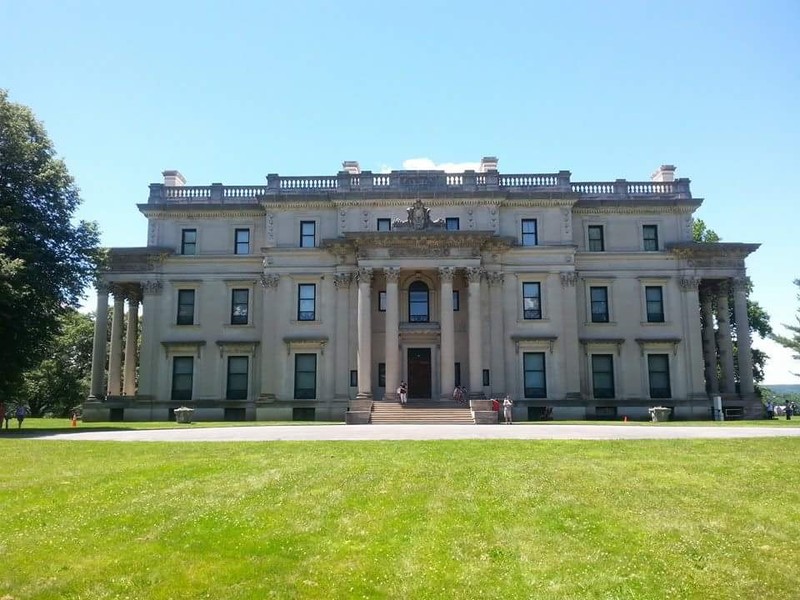
The Vanderbilt Mansion Shortly After Completion in 1900
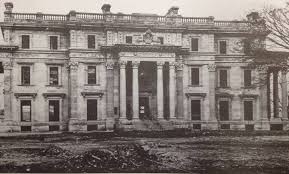
Side View of the Vanderbilt Mansion
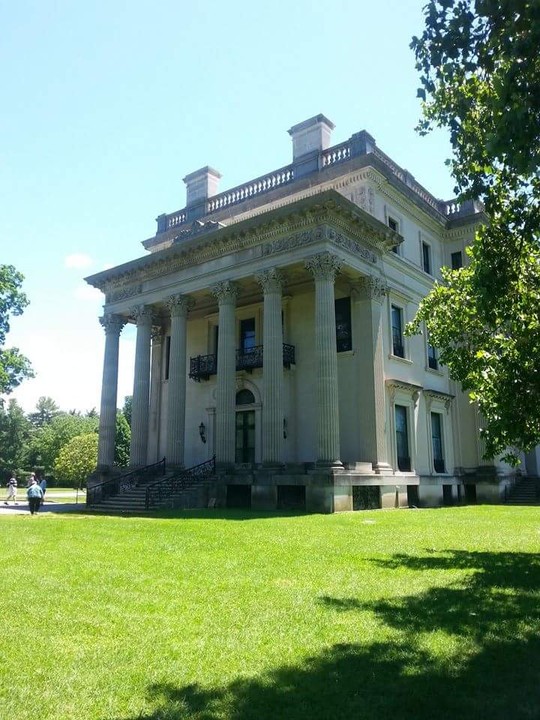
View of the Vanderbilt Mansion from the Air
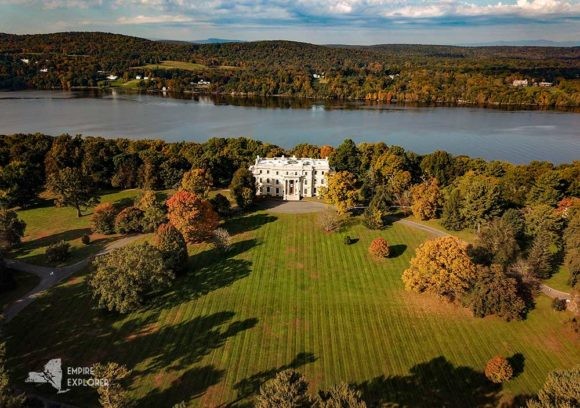
The Vanderbilt Mansion in the Fall
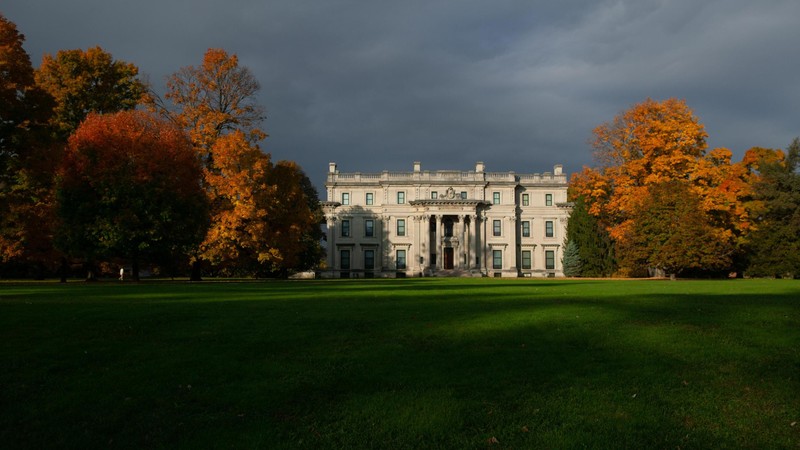
Louise Vanderbilt's Bedroom
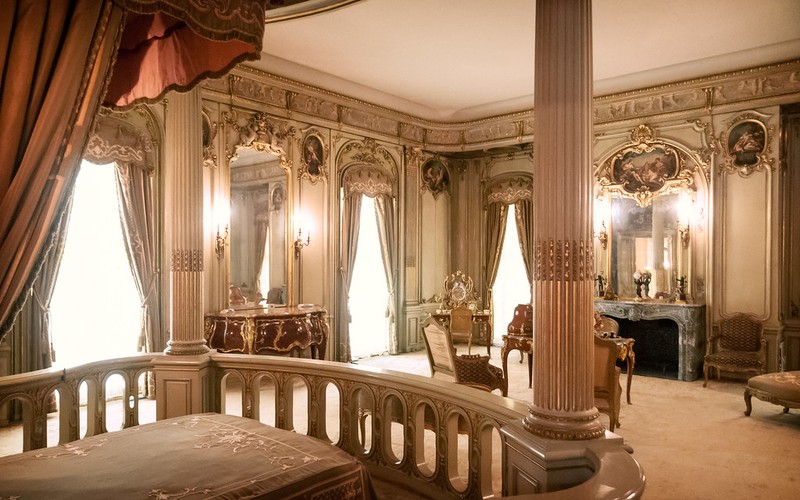
The Dining Room
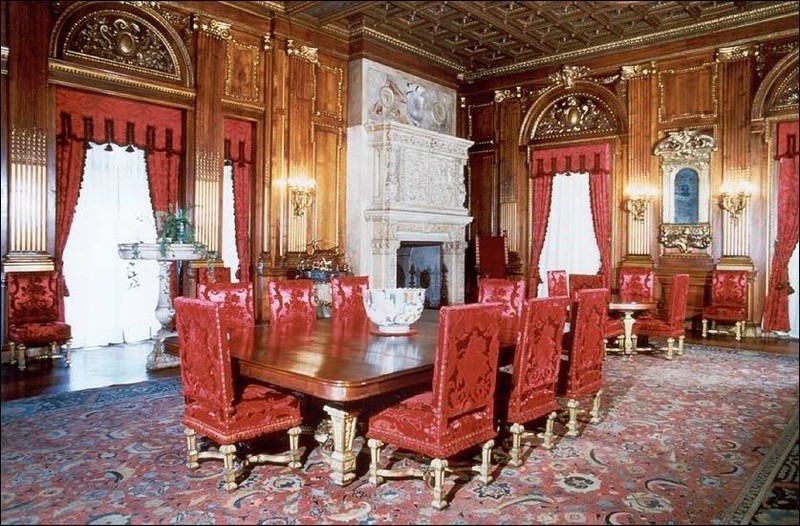
Frederick W. Vanderbilt (1856-1938) Painted by Raymond Neilson
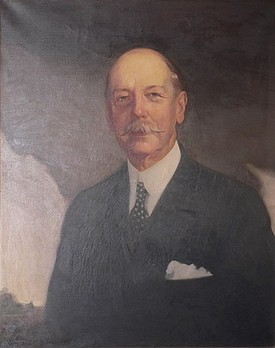
Louise Vanderbilt (1854 - 1926)
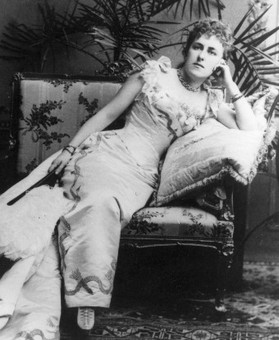
The Vanderbilt Mansion's Formal Gardens
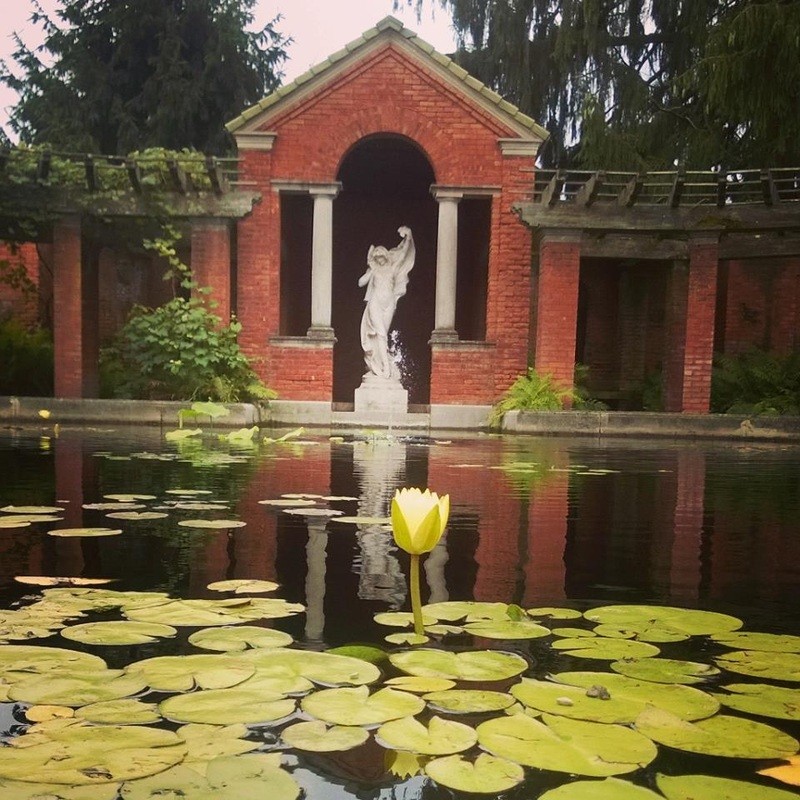
Backstory and Context
Author-Uploaded Audio
Audio by Holley Snaith
Text-to-speech Audio
Hyde Park was purchased by Frederick William Vanderbilt, the grandson of Cornelius Vanderbilt, and his wife Louise in 1895. Years before the Vanderbilts became owners, Dr. John Bard, who served as George Washington's physician, called it home. In 1772, Bard built a residence that would be called the "Red House" on the east side of the Albany Post Road, and a cottage across on the other side. Bard acquired a total of 1,500 acres consisting of a farm, a store, and boat landings, one that would come to be known as Bard's Rock. Dr. John Bard left the estate to his son Samuel, who built a mansion that overlooked the Hudson Valley. After Bard, it belonged to a notable horticulturalist named David Hosack, as well as descendants of John Jacob Astor, Dorothea and Walter Langdon.
When Frederick and Louise purchased Hyde Park in 1895, they bought more than 600 acres on both sides of the Albany Post Road. When it became apparent that the Langdon home was structurally unsound, the Vanderbilts chose McKim, Mead & White to serve as architects for their seasonal home that ended up costing around $2.25 million. The selection was unsurprising considering the firm designed countless homes for members of New York's elite society. The new design followed what the Langdons had before, a classical look with pilasters and a semicircular portico. The home evokes both the Italian Renaissance age and the Beaux-Arts style with gate houses, perimeter walls, and other smaller residences throughout the property. Beside the mansion is a stucco building that the Vanderbilts lived in while the mansion was being completed, and then they turned it into a guest house. When the Park Service took over the estate, it served briefly as an inn and restaurant before it turned into offices and a visitors center.
While at Hyde Park, the Vanderbilts' lives revolved around the outdoors, consisting of playing golf and tennis with friends or going on carriage rides. The focus on agrarian life is evident with the existence of the formal Italian gardens, greenhouses, and a carriage house. Frederick was a passionate farmer, even earning a degree in horticulture from Yale. Including the farm operations, the Vanderbilts employed more than 60 employees. Inside the mansion, the ground floor is arranged in a classical design, featuring a large living room and dining room, as well as a den and office for Frederick Vanderbilt. Hyde Park is the smallest of the Vanderbilt mansions, yet it is filled with imported marble, French tapestries, velvet, and expensive wood paneling brought in by at least four interior design firms. Also throughout the mansion are great pieces of furniture and building components that were imported from grand European estates. The formal dining room can host up to 30 guests at the grand table, and the fireplaces and carved wood ceilings were imported from Europe. On the second floor, Louise's grandiose bedroom is modeled after that of a French queen's during the age of Louis XV, with a railing around the bed and silk wall coverings hanging above the bed.
In May of 1899, three years after construction began, Frederick and Louise Vanderbilt hosted their first party at Hyde Park. The Vanderbilts only used Hyde Park as a seasonal home, as they also had residences in New York City, the Adirondack Mountains, Bar Harbor, and Newport. In 1926, Louise Vanderbilt died. Frederick Vanderbilt remained at Hyde Park until his death in 1938. Frederick and Louise had no children, so the estate was left to a niece, Margaret Van Alen. President Franklin D. Roosevelt, a neighbor who described the mansion as "a hideous albatross in the Hudson River Valley," proposed to Van Alen that the home be signed over to the National Park Service. In 1940, Van Alen signed the property and mansion over to the government and it was opened to the public shortly thereafter. The 50,000 sq. ft. mansion and the 200 lush acres it sits on is more than a representation of the wealth and grandeur of the Vanderbilt family, it pays homage to that of the Gilded Age.
Sources
Vanderbilt Mansion, National Park Service. Accessed August 27th 2020. https://www.nps.gov/places/vanderbilt-mansion.htm.
A History of the Hyde Park Estate, National Park Service. August 12th 2020. Accessed August 28th 2020. https://www.nps.gov/articles/000/a-history-of-the-hyde-park-estate.htm?utm_source=article&utm_medium=website&utm_campaign=experience_more&utm_content=small.
Vanderbilt Mansion National Historic Site: Monument to the Gilded Age (Teaching with Historic Places), National Park Service. Accessed August 29th 2020. https://www.nps.gov/articles/vanderbilt-mansion-national-historic-site-monument-to-the-gilded-age-teaching-with-historic-places.htm.
Brant, Abbott. Vanderbilt Mansion a relic of the Gilded Age, Poughkeepsie Journal. March 18th 2016. Accessed August 29th 2020. https://www.poughkeepsiejournal.com/story/news/local/2016/03/18/vanderbilt-mansion-relic-gilded-age/81634310/.
Blitz, Matt. The Hyde Park Vanderbilt Mansion: Hyde Park, New York, Atlas Obscura. Accessed August 29th 2020. https://www.atlasobscura.com/places/the-hyde-park-vanderbilt-mansion-hyde-park-new-york.
Holley Snaith
Vanderbilt Mansion National Historic Site Facebook Page
Holley Snaith
Empire Explorer
National Park Service
Flickr
National Park Service
Wikipedia
National Park Service
Roosevelt-Vanderbilt Historical Association
